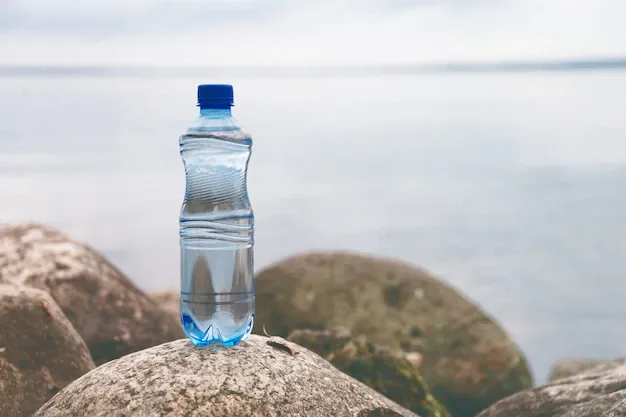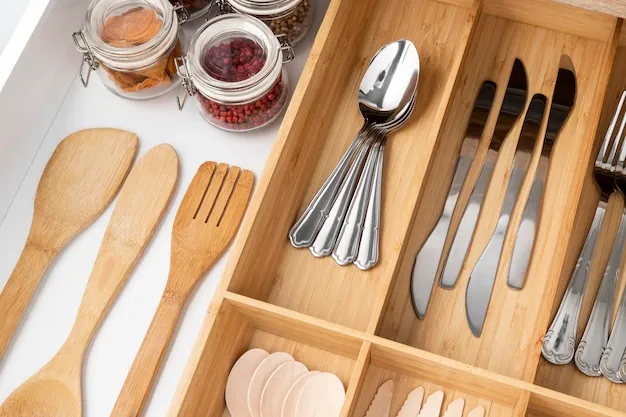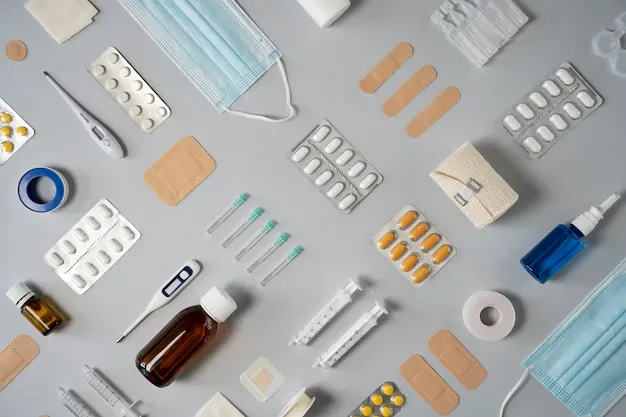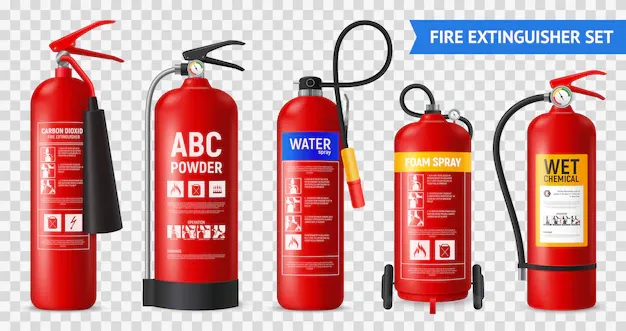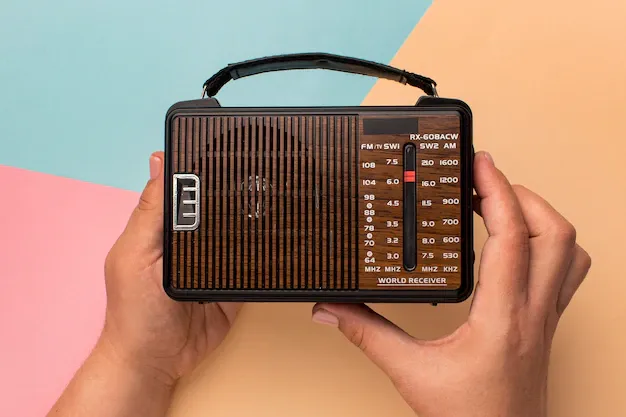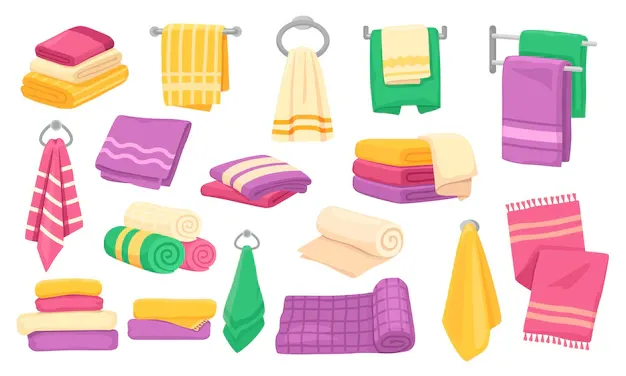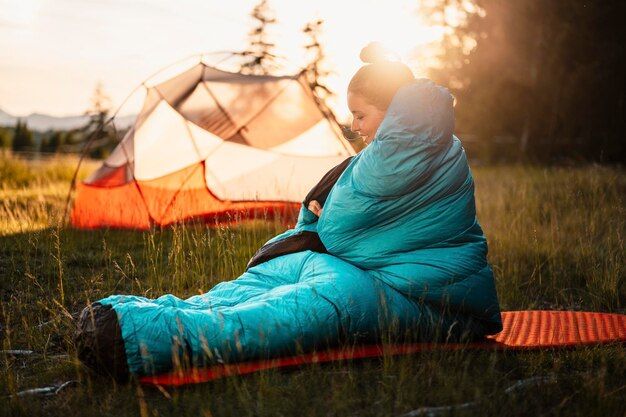
GET A QUOTE
What Should be in an Emergency Kit for an Earthquake?
Earthquakes are unpredictable, and being prepared is the key to ensuring your safety and that of your loved ones. An emergency kit is your lifeline during these unsettling moments. So, what should you pack to navigate the aftermath of an earthquake? Ensure your kit includes these essential 8 items for maximum preparedness.
Things You Should Have in an Emergency Kit for Earthquake
Water
Water is a crucial component of your earthquake survival kit. Ensure you have enough for everyone in your household, pets included, to last a week. The general guideline is one gallon of water per person per day. This quantity ensures you'll have sufficient water for drinking, cleaning, and basic hygiene during any post-earthquake situation where you might be stranded or without services.
Food
It's crucial to have a week's worth of food in your earthquake survival kit. Once exclusive to the military, MREs (meals ready to eat) are now accessible to everyone. They're an excellent choice due to their extended shelf life, compact size, and nutritional value. Properly stored, MREs can last three to five years. Freeze-dried and dehydrated bulk food, along with standard items like canned goods (peanut butter, tuna, vegetables, and sardines), are also smart choices. For parents, include individual servings of sterilized formula and jarred baby food, well-padded to prevent breakage. Don't overlook pet food, whether dried or canned.
Utensils and Home Supplies
Can openers, cooking supplies, mess kits, and Swiss Army knives play a crucial role in ensuring your earthquake preparedness kit is complete.
Medications and Medical Supplies
Store a one-week supply of prescription and over-the-counter medications for each household member in sealed, waterproof pouches. Regularly check expiration dates and replace items nearing their end date. Ensure your earthquake survival kit includes extra pairs of prescription eyeglasses and any life-saving equipment like nebulizers. Additionally, a well-equipped first aid kit with antibacterial swabs, lotion bandages, and band-aids is essential.
Fire Extinguisher and Tools
You might need wrenches to shut off gas, water, and power lines. Also, keep handy items like rope, screwdrivers, hammers, a crowbar, and an ax. Make sure to have an additional fire extinguisher specifically designated for earthquake emergencies.
Flashlight and Radio with Extra Batteries
It's crucial to ensure continuous light and communication post-earthquake. Due to potential disruptions in cell phone and internet service, having a backup plan for information is vital. Store appropriately-sized batteries in abundance, keeping them in a cool, dry, and airtight location.
Clothing and Towels
Ensure each family member has two to three sets of seasonal clothing, including rain parkas, durable waterproof boots or shoes, and underwear, along with one towel per person.
Blankets and Sleeping Bags
If your home is damaged by an earthquake or you have to evacuate, it might be necessary to have a ready stash of warm, clean blankets, pillows, or sleeping bags for each family member.
Conclusion
An earthquake emergency kit is not just a precautionary measure; it's a necessity. Taking the time to assemble one now can make all the difference when every second counts. Ensure that each family member knows where the kit is stored, and regularly check and update its contents. Remember, being prepared is being empowered.

